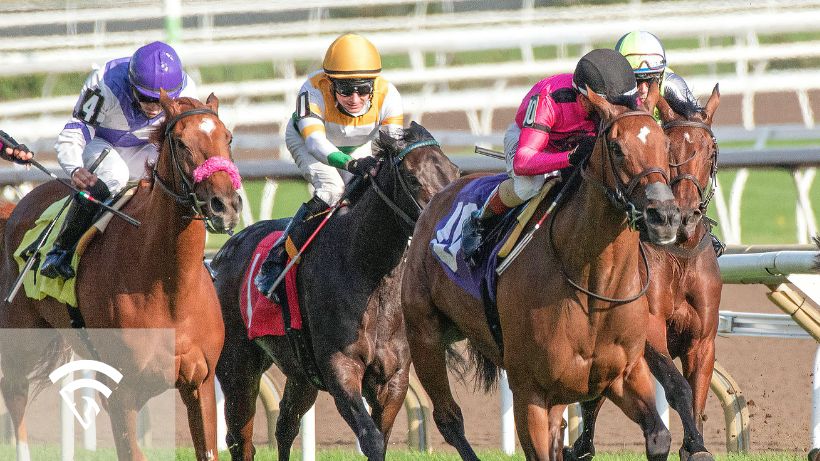What is a Pace Map?
A pace map is a visual tool used by handicappers to predict how a race is likely to unfold based on the early running styles and speed of the horses in the field. It arranges the horses according to their typical pace positions—such as early speed, stalker, midpack, or closer, and often includes indicators of projected pace pressure or advantage.
The goal is to anticipate how the race will be run before it happens. A good pace map helps you identify whether a horse is likely to encounter favorable conditions, such as an easy lead, or whether it will be facing a setup that could compromise its running style.
How a Pace Map Works
Most pace maps rank each horse by early pace figures or historical positioning during the first part of past races. Some maps also include running style labels, like:
- Front-runner: Wants the lead early and may control the race
- Stalker: Sits just off the leaders and pounces late
- Midpack: Runs evenly, not too far back but not pushing the pace
- Closer: Drops back early and makes a late run
The map then visualizes the field’s likely positioning, showing which horses are expected to be forwardly placed and which are likely to settle at the back.
Some maps also include projected fractions or a pace pressure rating that estimates how fast the early part of the race will be.
Why Pace Maps Are Useful
Pace maps help you:
- Spot lone speed horses likely to get an easy lead
- Predict when a hot early pace might set up for closers
- See how a horse’s preferred running style fits into today’s field
- Identify potential trouble for horses drawn inside or outside in crowded races
They’re especially useful in turf races or route events, where race shape can have a significant impact on the outcome.
A pace map won’t tell you who will win, but it gives you a clearer sense of how the race might unfold, letting you bet with more confidence.
How to Use a Pace Map in Practice
Let’s say a pace map shows that one horse has the fastest early pace figure and no other horses in the field like to go to the front. That runner might be able to slow things down and control the race without pressure.
Or maybe you see a race loaded with early speed types, and your eye turns to a midpack horse who might sit just off the chaos and make a well-timed move.
By understanding race shape before the gates open, you’re giving yourself an edge that many players ignore.
Final Thoughts
A pace map is a powerful handicapping shortcut. It doesn’t replace deep form analysis, but it brings race shape into focus faster and can reveal scenarios that don’t jump out from the raw data.
To see how projected pace compares to actual outcomes, explore the Race Results page and study how different setups play out at various tracks and distances.
